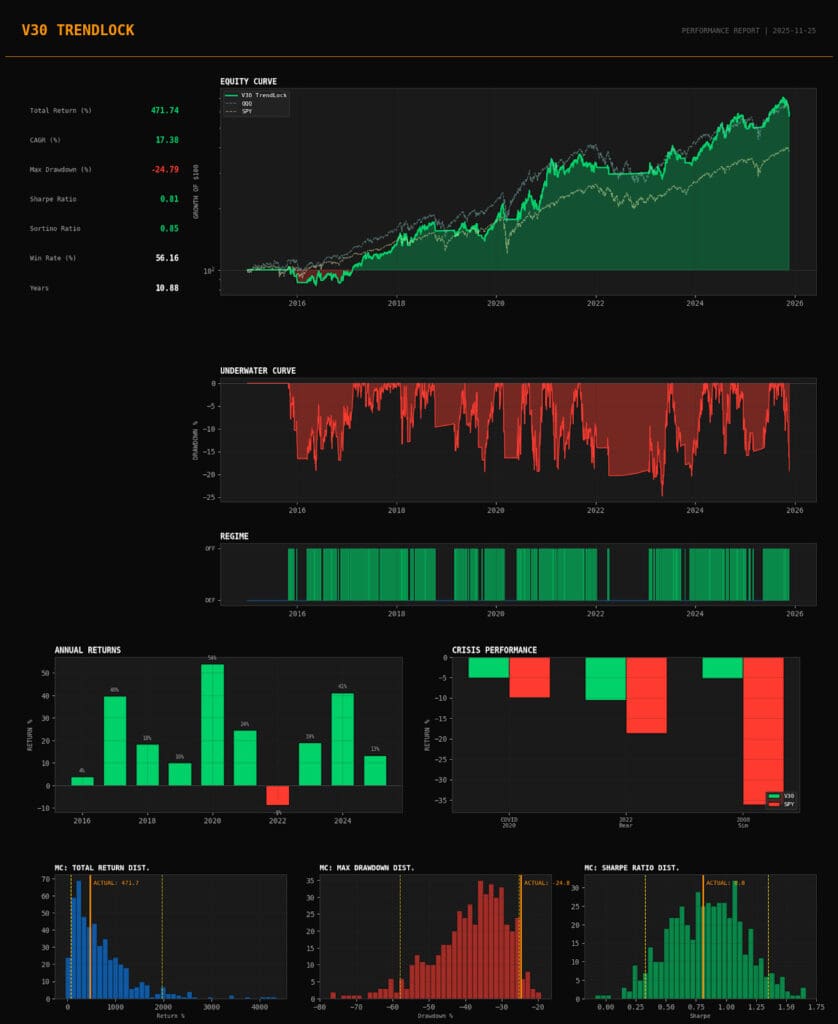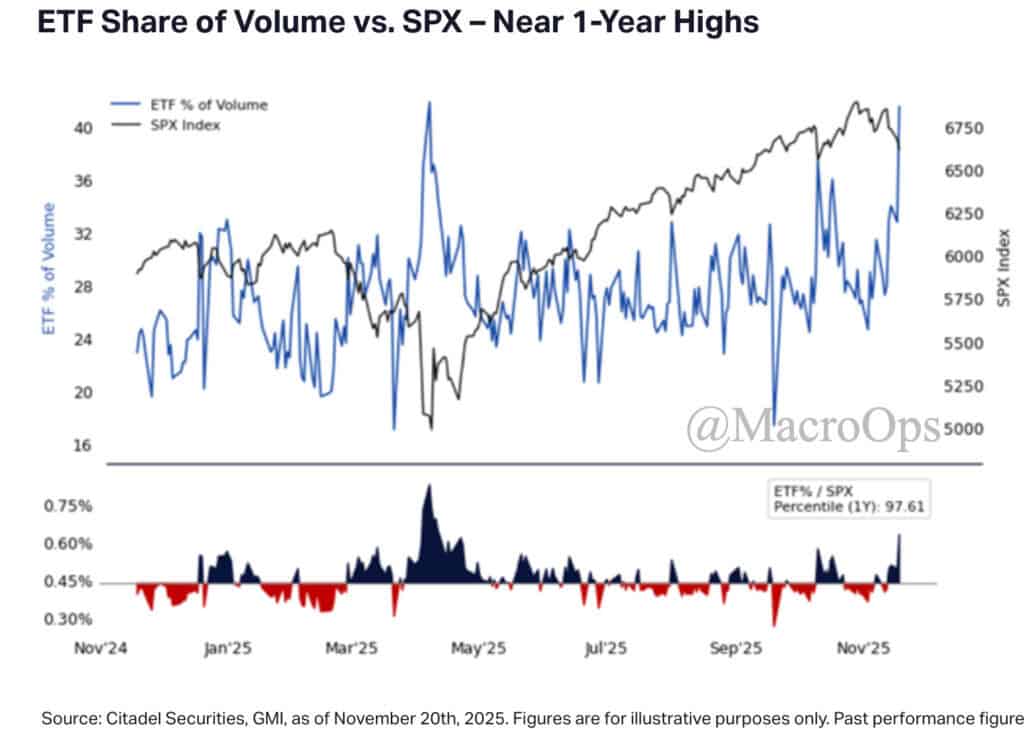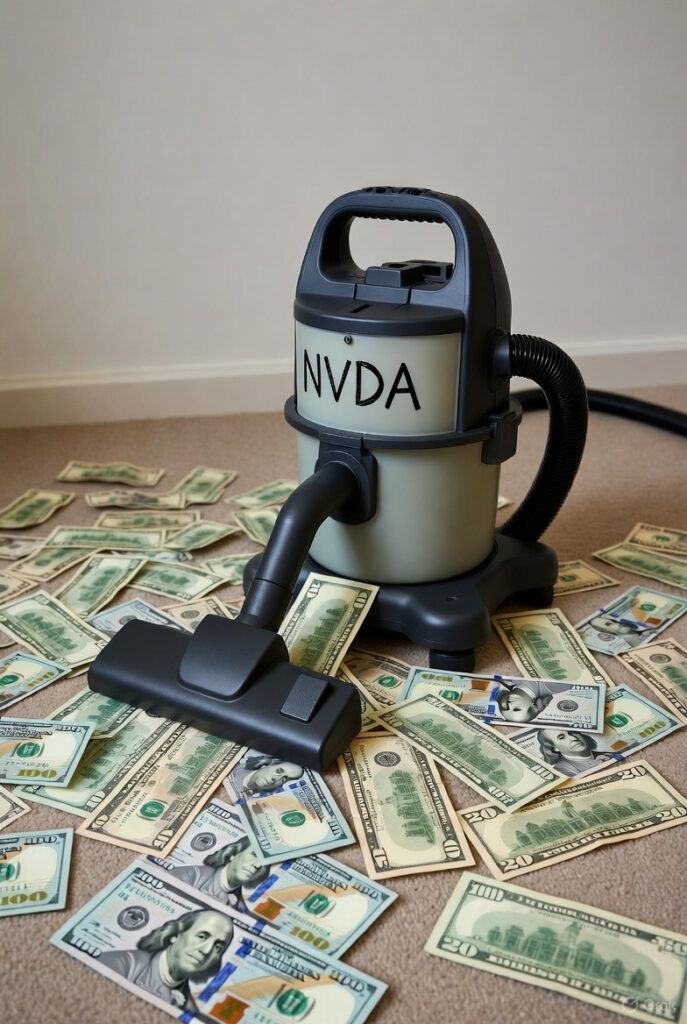Want to add an extra layer of protection and insight to your investment strategy? Consider monitoring insider activity.
Buying when insiders buy doesn’t guarantee success, no strategy will. But investing alongside owners that have skin in the game improves your odds. The research backs this up. We’ll take a look at a few studies that prove the power of following the insiders.
Eat Your Own Cooking
We think and behave differently about the things we own compared to the things we don’t. Public company executives are no different. A CEO that owns little-to-no stock in their company makes decisions differently than if he owned a significant stake.
This difference manifests itself in office furniture, lavish hotels and fancy business cards. It’s the difference between careless spending and conservative budgeting. In other words, a CEO that doesn’t own the business rents the business. They use it how they want and treat things like capital discipline and shareholders as an afterthought.
Where does this mentality come from? It’s not from what someone stands to gain. As Nassim Taleb points out in his book Skin in The Game, it comes from what someone has to lose:
“What matters isn’t what a person has or doesn’t have; it is what he or she is afraid of losing.”
If a CEO owns little stock, where’s the incentive to care about the long-term success of the business? The owner isn’t incentivized by fear. Rather they’re lulled into this day-dream of collecting paychecks and stock options.
Yet the sad part is investors give money — their skin in the game — to these types of operators. You stay up at night thinking about the future of the business because your money’s at stake. The salaried CEO with little-to-no ownership? They sleep fine.
In short: invest in those that eat their own cooking.
Ownership Improves Decision Making
Owners tend to make better decisions if their compensation rests on the long-term success of the business. It’s no longer ‘the company’s’ money, but their money.
It forces the owners to think twice about decisions such as M&A, taking on leverage, dilutive options. The list goes on.
This change in behavior is due to the closeness between action and consequence. If there’s no ownership at the top, you get differences between risk and punishment. The owner risks the company’s money, and if he’s wrong, pays no price for it. There is no accountability. At this level, mistakes suffer no ill-effects to the owners, only to the shareholders.
Examples in Private Equity and Hedge Funds
The Norwegian School of Economics and Goethe University backup Taleb’s point. The study analyzed 20 PE firms in Norway. The results: skin in the game changes decision-making behaviors.
General Partners (or GPs) with a higher percentage of their own money in the fund were less likely to invest in ‘risky’ ventures. Also, increased insider ownership coincided with different portfolio strategies. The higher percentage ownership funds spread their bets across many investments. Diversifying their risk.
The study also found that funds with higher GP investment used more leverage. This may sound counterintuitive at first, but it makes sense. PE firms leverage up on firms with stronger, not weaker balance sheets. In other words, the more GP money at stake, the more the firm focused on a strong balance sheet.
Aprit Gupta and Kunal Sachdeva also demonstrated the power of skin in the game. This time they looked at the US Hedge Fund industry. Their paper notes two differences in funds with skin in the game:
-
- Size of Fund
- Change in Incentives
Higher insider ownership reduces fund size. The more the general partner puts in, the less they need from others. This leaves a lower pool of capital to manage.
Thus, if managers want to get rich, they have to beat their hurdle rate, not become an asset gatherer. After all, they’re not making much in regards to management fees on a small pool of money.
The reward for smaller funds with little outside capital? Above-average returns against the benchmark. Funds with no outside capital generate 4.3% higher returns on average.
The blueprint for hedge fund success seems to be:
-
- High GP investment
- Little-to-no outside capital
- Small size
Examples in Stocks: Not All Purchases Created Equal
Daniel Giamouridis, Manolis Liodakis and Andrew Moniz of Edhec School analyzed insider purchasing in UK markets. They found that not all insider purchases are created equal. Yet insider purchasing as a whole provides outsized returns.
The team found that as the total dollar amount of the buy increased, so did the stock return. In other words, more skin in the game correlated with increased returns for shareholders.
Giamouridis and his team also noted three factors that affect returns:
-
- Frequency of Purchases
- Value vs. Growth stock purchases
- Size of company
Returns were 4.4% higher when directors were frequent buyers over the last three months. Value stocks outperform growth stocks when holding insider purchasing equal. Smaller companies also generated higher returns for their insider ownership. Giving the notion of a small-cap premium (like we see with most factors).
Buying is A Better Signal Than Selling
Trang Hoang, Emma Neuhauser, Ph.D and Hossein Varamini, Ph.D shows us that insider buying is a better indicator of potential future share price performance than insider selling.
Check out the chart below:
Individual stocks with heavy insider purchasing (using Form 4s) returned 51.34% over one year. The S&P during that time frame, 15.10%. Note that the standard deviation between returns is significantly higher with insider purchasing stocks compared to the S&P.
The insider selling returns also make intuitive sense. There could be issues with the company that forces management to sell. In fact, insider selling is only significant around the one-six month period. Anything beyond one year renders statistically insignificant, according to the report (emphasis mine):
“The return differences are only statistically significant during one-month and six-month period. The result for one-year of insider selling showed that there was no statistically significant difference between individual stock returns and S&P stock returns.”
Insider Purchasing as a Screening Tool
Screeners are a useful tool for many value investors. Used properly, screens save time and energy while helping you focus only on the stocks that meet your predetermined criteria.
When it comes to finding recent insider purchasing, I keep things simple. I use finviz.com (not an endorsement or sponsorship) and two screening filters:
-
- Recent Insider Purchasing
- Market Cap < $300M
This spits out a list of around 8-12 stocks for me to comb through. The list changes each week since we’re screening based on recent insider purchasing. To capture trends, I keep weekly lists in an Excel file. Then, I highlight repeat offenders or stocks that appear on consecutive screens.
Another screen I run relies on current insider ownership and market cap. For example, one of my favorite screens is Insider Ownership > 10% and Market Cap < $150M.
If Nothing Else, A Good Starting Point
So we know that following these insiders can lead to outsized returns over the long-term. But not all purchases are equal. Dollar size matters. Whose buying matters. Whether its a value or a growth stock matters. This isn’t a magic formula, but a starting point.
If nothing else, when it comes to investing, insider ownership tilts the odds in your favor.







